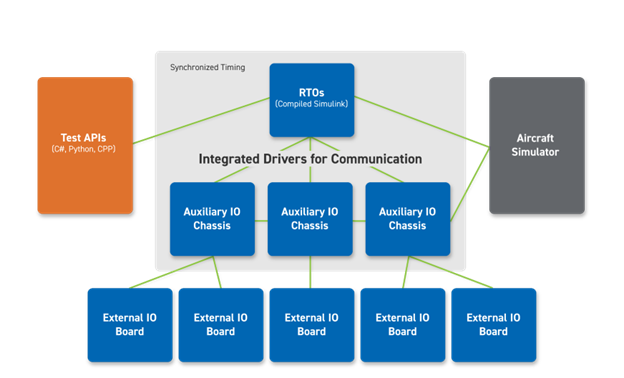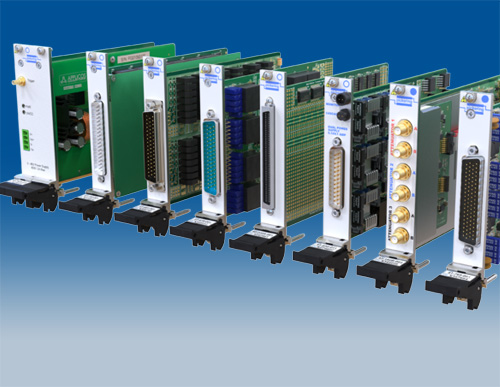With an intended range of 2,625 nautical miles (nm), a maximum cruise speed of 450 knots true airspeed (KTAS) and a maximum
cruise speed of flight level (FL) 470, Honda Aircraft Company’s HondaJet Echelon is aiming to set new standards in performance
and comfort. It is also extremely fuel efficient and is set to be the world’s first light jet capable of nonstop transcontinental
flight across the United States.
The concept for the aircraft was unveiled in 2021 at the NBAA Business Aviation Convention & Exhibition (NBAA-BACE) in
Las Vegas, and Honda’s plans to commercialize the concept were formally announced in June 2023. Honda is aiming for type
certification in 2028.
The aircraft features many advanced electronic systems including cockpit avionics, mechanical systems controllers, advanced
flight controls, and safety systems. All comprise multiple line replaceable units (LRUs), with upwards of 50 in total
on the aircraft.
Many LRUs interface with one or more sensors, including linear and rotary variable differential transformers
(LVDTs and RVDTs, respectively), thermocouples, and other transducers. Communication between the LRUs is via industry-standard
buses, including Ethernet, ARINC-429, and RS-232, -422, and -485.
The HondaJet Echelon has about 3,000 signals, many
of which must be processed in real-time - i.e., within milliseconds and in a completely deterministic way—as they are
required by systems providing safety-critical functionality.
Application Driven Development
Understandably, developing an avionics suite for a new aircraft is no easy feat, even if LRUs from other aircraft in Honda’s
range can be re-used, either as they are or with some modifications. The reason for this is that every time an LRU receives
a hardware revision and/or software update, its functionality and interoperability with other units must be verified.
Individual LRU and full system verification is therefore a complex and rigorous process.
System integration is performed with both hardware and software-in-the-loop (HIL and SIL, respectively) using a dedicated
platform (see Figure 1). It is effectively most of the HondaJet Echelon’s fuselage and cockpit, fitted with the avionics
suite’s wiring looms and slots for the LRUs under development. However, the platform does not include real LVDTs, RVDTs
and other sensors. Instead, these are simulated. All system development work is being carried out at Honda’s dedicated
Advanced System Integration Test Facilities (ASITFs) in Greensboro, North Carolina facility.









